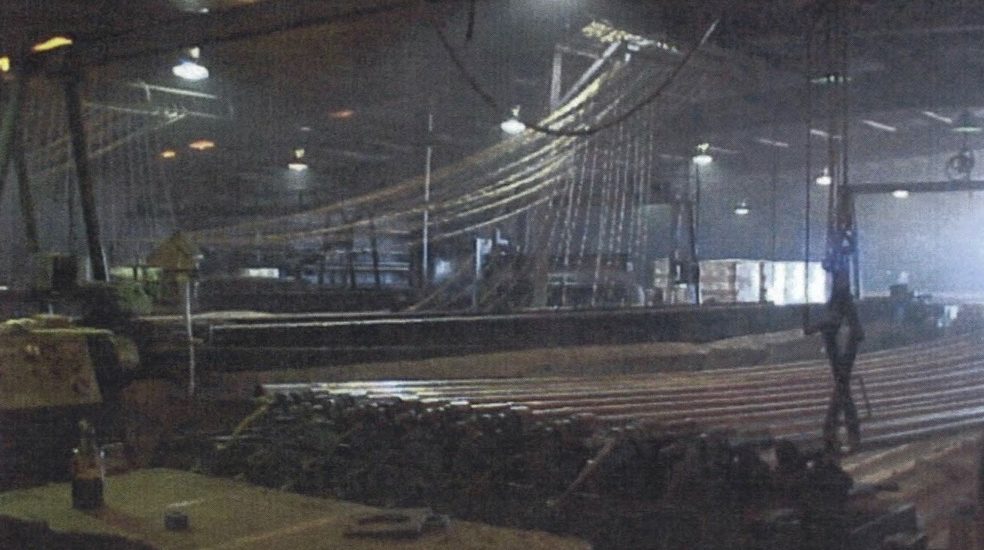- February 20, 2019
- Posted by: David Marshall
- Category: Digital Transformation, Measurement

For some executives, it’s hard to imagine life before artificial intelligence and digital transformation. There’s always been automation and computers helping facilitate decision making and measurement.
But I know that pre-AI world all too well, having spent most of my career in that part of the manufacturing history. The result was often poor quality, stifled capacity, bad efficiencies, huge amounts of waste, and low profitability. We were constantly beset with problems, especially human-related ones. We had a lot of waste thanks to faulty products and processes. We were also dealing with old technology that created a lot of environmental remediation costs.
So we built a new factory that was nearly fully-automated (19 employees instead of 140), and we got the latest in automated machines and processes, artificial intelligence, and more daily measurement data than most 20th century companies produced in a year.

The monitoring equipment tracked the quality and efficiency of the equipment as it took in the raw materials and delivered a product at the other end, untouched by human hands. A work cell could produce a 45-foot fiberglass liner, and it was preprogrammed in a way that the only thing the operator had to do was monitor the progress on a screen.
The data being captured would tell the operator if everything was operating correctly and whether or not the part being produced had passed all the quality checks built into the process. It also let the operator do a very quick analytics check if something turned out wrong.
The system showed where each of the liners were wound on a mandrel, where each mandrel was in the work cell, and whether it was a good or bad liner. If one of the indicators flashed red, that meant it had failed a quality check. If it was green, the liner had passed all the quality checkpoints and met all the necessary specs. This all showed up on the operator’s screen in the work cell.
Each cell was capable of producing different sized cells, rather than creating specific machines to cover specific sizes. We just had to change the settings on the screen, and the cell could produce the required number of liners. Once the run was over, the operator would change to the new settings, the machine changed out the mandrels and then run new sizes and quantities.
If we had built specific cells to handle specific sizes, we could either run into bottlenecks with high demand or long downtimes with low demand. And if overall demand is low, you just shut off a cell, rather than the entire building or line.
What Makes This a Digital Transformation?
Don’t think “digital transition” just means getting a website or doing more business online. That may be true for traditional marketing versus digital marketing, but when it comes to manufacturing, a digital transformation means moving from a completely manual process into a more automated process that uses AI — preprogrammed sequencing of a complete manufacturing cell that didn’t require human intervention.
We were able to build all this 12 years ago, but with today’s technology, I believe we could achieve the same functionality with a lights-out manufacturing facility — a factory that doesn’t need people at all, so the lights are turned out — especially if everything were organized into work cells. This would let you scale your operation and increase the capacity by adding additional cells, not building a second factory or knocking down a wall and building a bigger factory.
The benefit of capturing all the data is that it gives you full traceability of the product from womb to tomb. From the resins and fiberglass being delivered to the way it’s processed through the system, from the quality and validation checks to having a built-in record of how it happened, each piece’s origins can be traced all the way back to the source of the manufacturer of the resins and catalysts.
Different industries have different pressure points and pain points. In the plastics industry, for example, margins are very slim, so waste can be a real pain in the bottom line. If your waste costs were 1% of your revenues, you could get that 1% back into your bottom line with some digital transformation and automation. It would certainly be more useful than throwing it away and bad processes, waste and overages, and remediation costs.
I’ve been a manufacturing executive, as well as a sales and marketing professional, for a few decades. Now I help companies turn around their own business. If you would like more information, please visit my website and connect with me on Twitter, Facebook, or LinkedIn.

